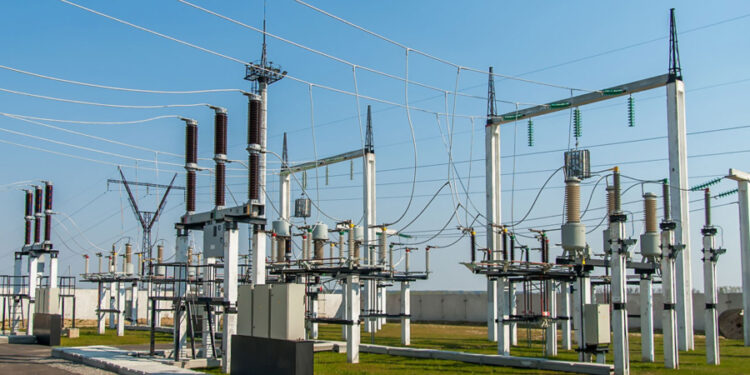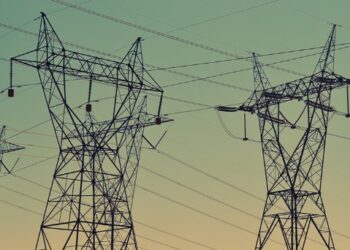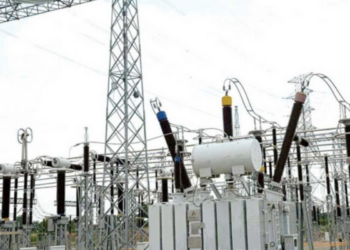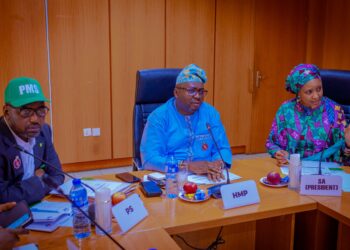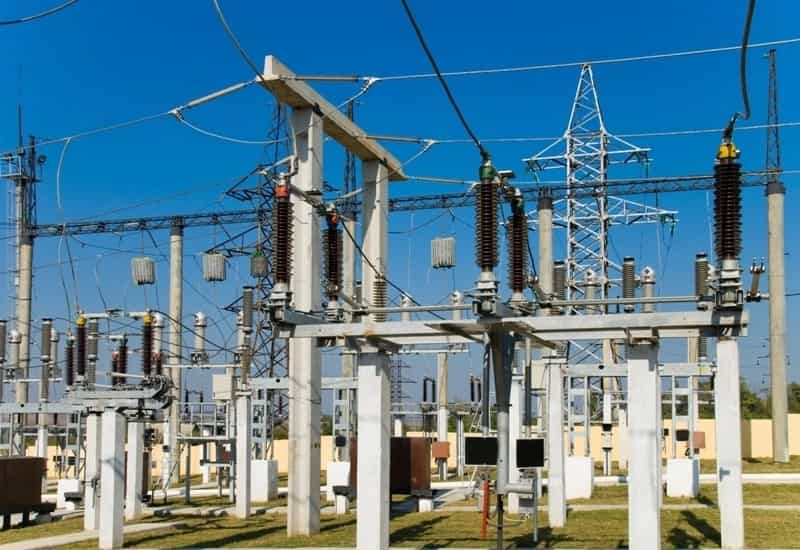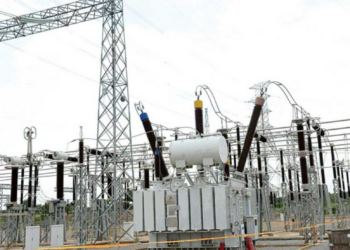The Nigerian Electricity Regulatory Commission (NERC) has said that electricity capacity in the country grew by 7.95% between 2015 and 2022.
The regulator stated this in its 2022 NERC Market Competition Report released on Friday, October 6.
According to the NERC Report, the installed capacity within the Nigerian Electricity Supply Industry (NESI) experienced a notable growth of 7.95% from 12,132 megawatts (MW) in December 2015 to 13,097 MW in December 2022.
During the same period, the available capacity was recorded at 4,059 MW by December 2022. Meanwhile, the average generation in 2022 reached 3,892 megawatts per hour (MWh/h), displaying a significant 9.42% increase from the daily average generation of 3,557 MWh/h recorded in 2015.
It is imperative to underline that the gap between available capacity and actual generation stems from various factors such as gas shortages, constraints in the transmission and distribution networks, and occasionally, commercial considerations.
However, there is optimism for an increase in generation capacity with ongoing power plant construction, contract activation and novation, improved governmental policy directions, and regulatory oversight by NERC.
Going forward
In the report, NERC highlighted some action steps being undertaken to increase power generation and utilization in the value chain. They include:
Gradual Activation of Industry Contracts: A shift towards bilateral contracting to ensure a predictable volume of energy from each Generation Company (GenCo) and proper risk allocation.
Promoting Open Access and Distribution Franchising: Introduction of EC transactions and distribution franchising to facilitate open access to the transmission and distribution networks.
Approval and Implementation of PIPs: Approval and execution of 5-year capital investment plans (PIPs) filed by the Distribution Companies (DisCos) to enhance operational and technical performances.
Introduction of “Take or Pay” Obligation: Implementation of “take or pay” obligation based on the capacity equivalent of Multi-Year Tariff Order (MYTO) load allocation for each DisCo, aligning with the terms of the vesting contract signed with NBET.
Monitoring of SLAs and Third-Party Investments: Vigilant monitoring of Service Level Agreements (SLAs) between DisCos and TCN, along with the approval of third-party investments in electricity networks.
The report also noted that significant advancements have been made in metering and information technology infrastructure in NESI, particularly with the introduction of IoT metering. These advancements cut across the wholesale and retail markets.
Wholesale Market: Substantial progress has been achieved in grid metering deployment, with nearly 94% of the 11kV and 96% of the 33kV feeders owned by the DisCos being metered by December 2022. Moreover, IoT/SMART meters have been deployed at GenCo-TCN interface points, allowing real-time reading of generation data.
Retail Market: In the distribution and retail segment, metering and IT infrastructure development have shown remarkable progress. Seven DisCos had metered between 80–100% of their maximum demand (MD) customers by December 2022.
Additionally, initiatives by the Commission and the Federal Government have led to the installation of over 2,588,617 non-MD meters post-privatization, achieving a customer metering status of 42.25% in NESI as of December 2022.
Notably, Ikeja, Eko, Abuja, and Benin DisCos led in metering with over 50% of their registered customers by the end of 2022.

